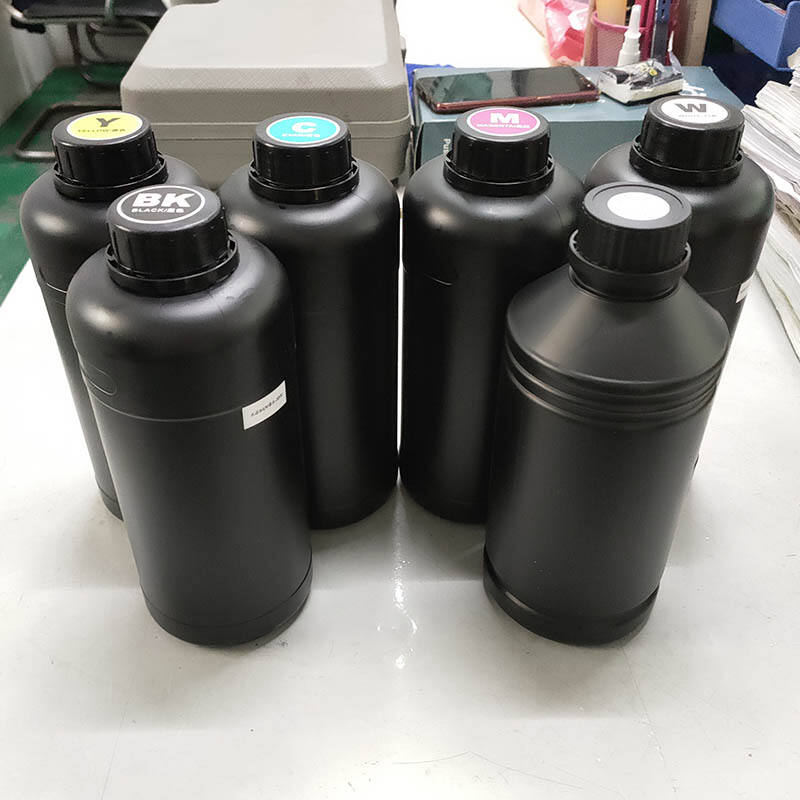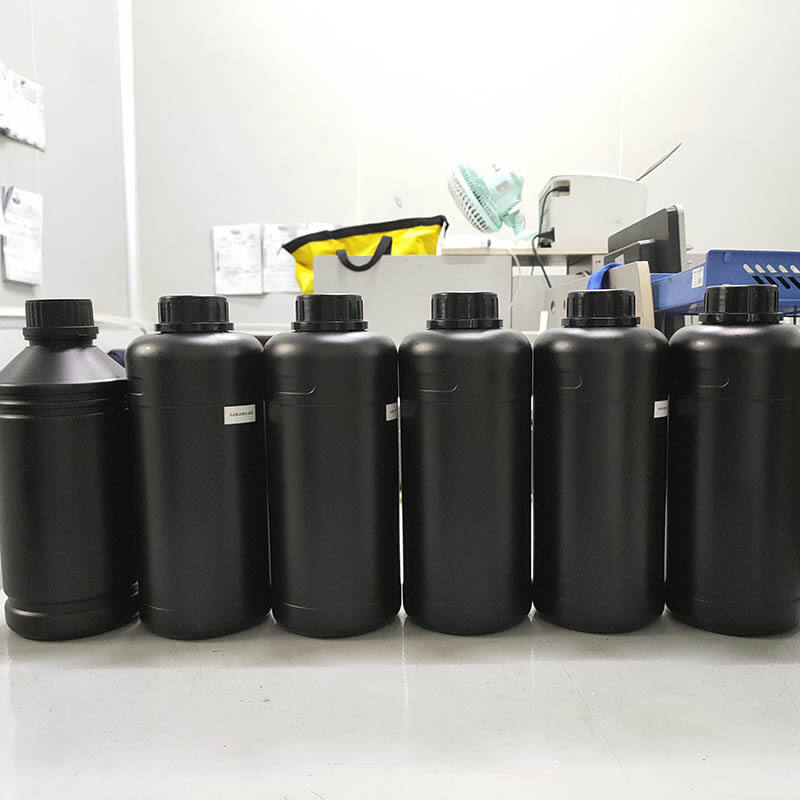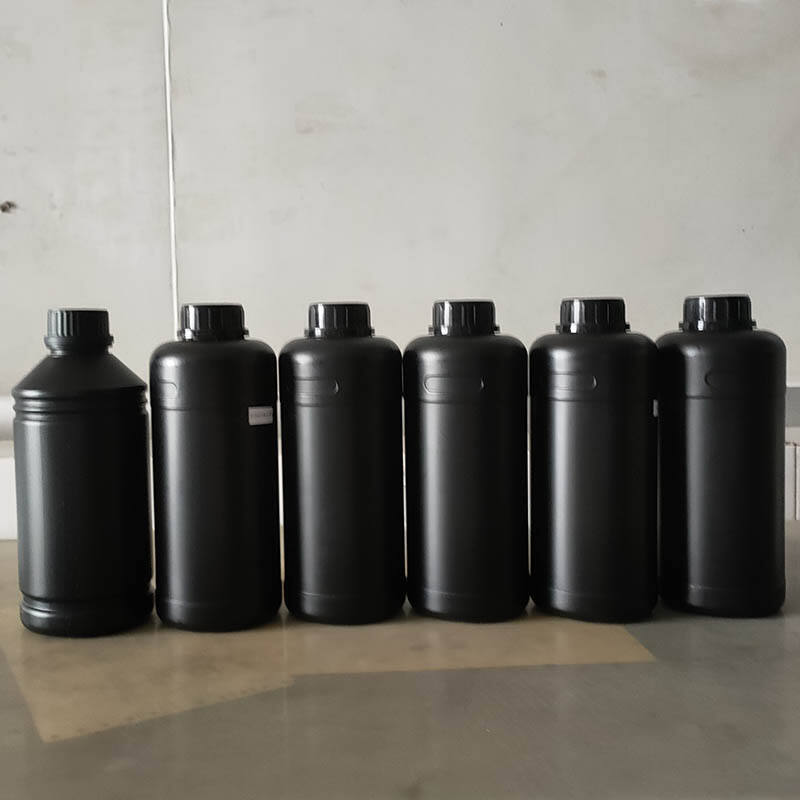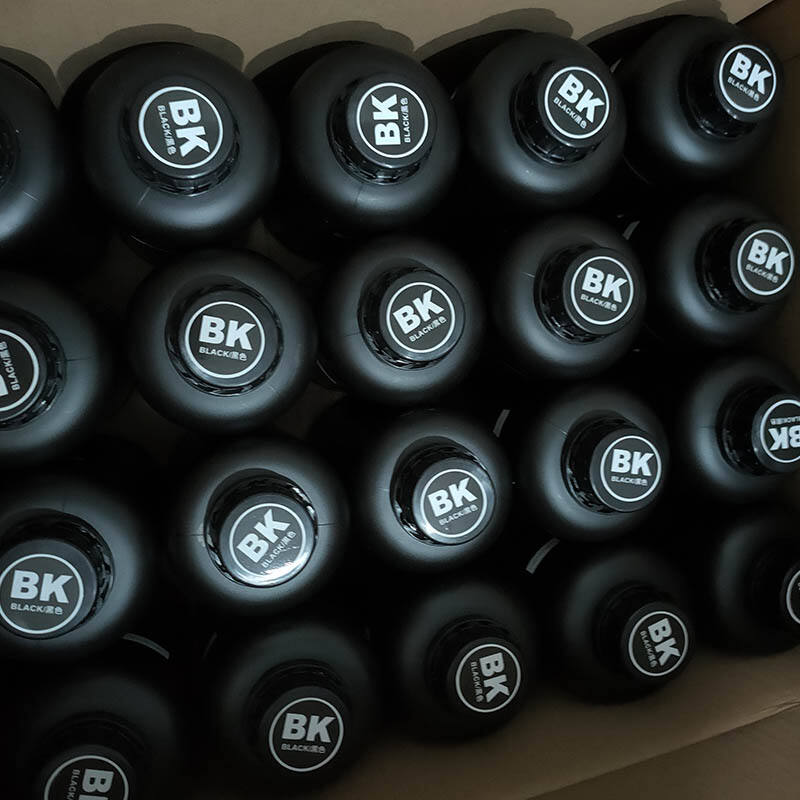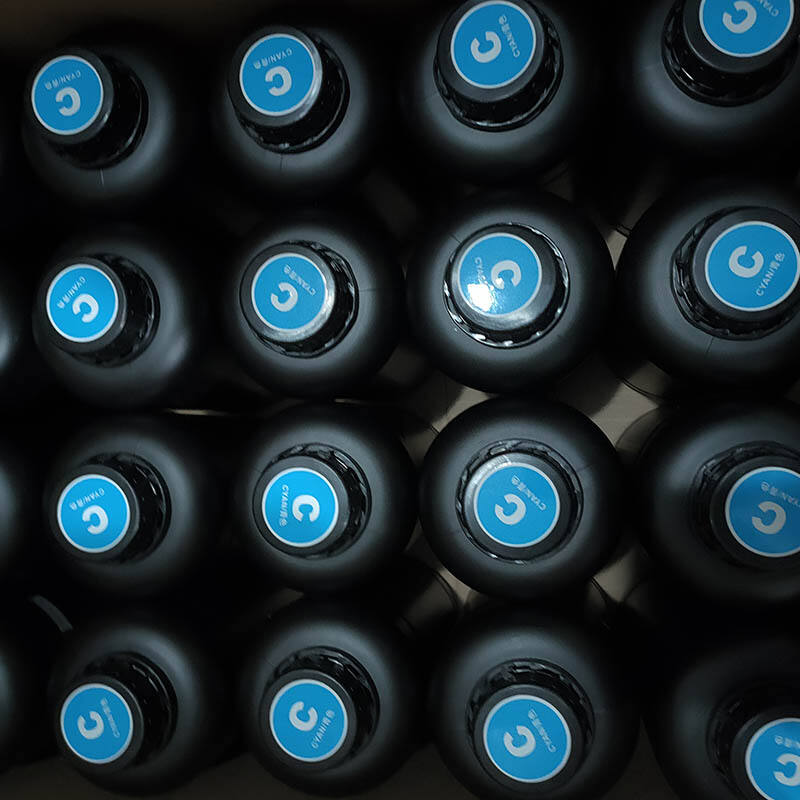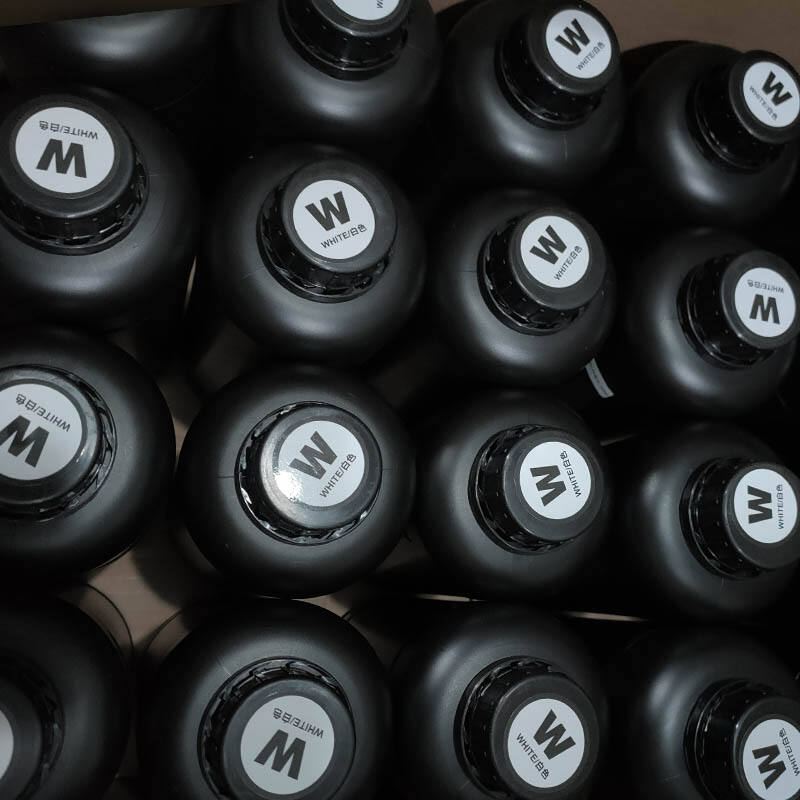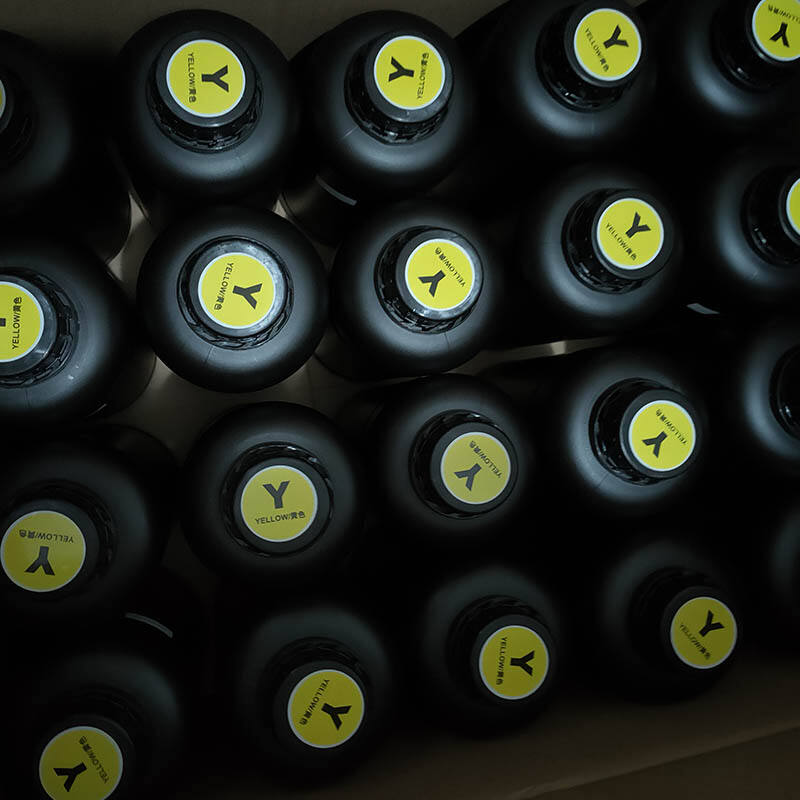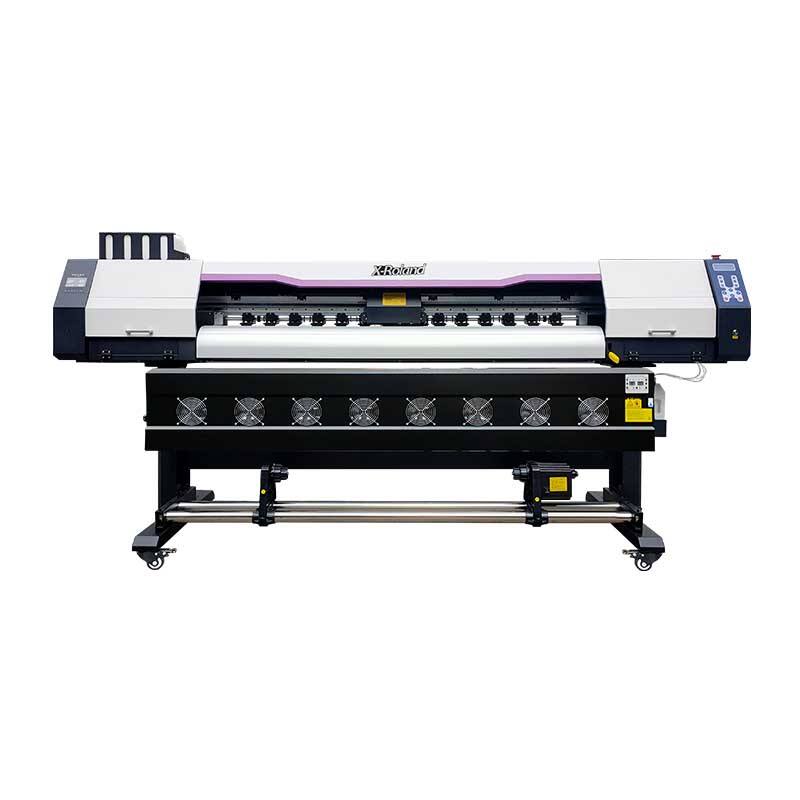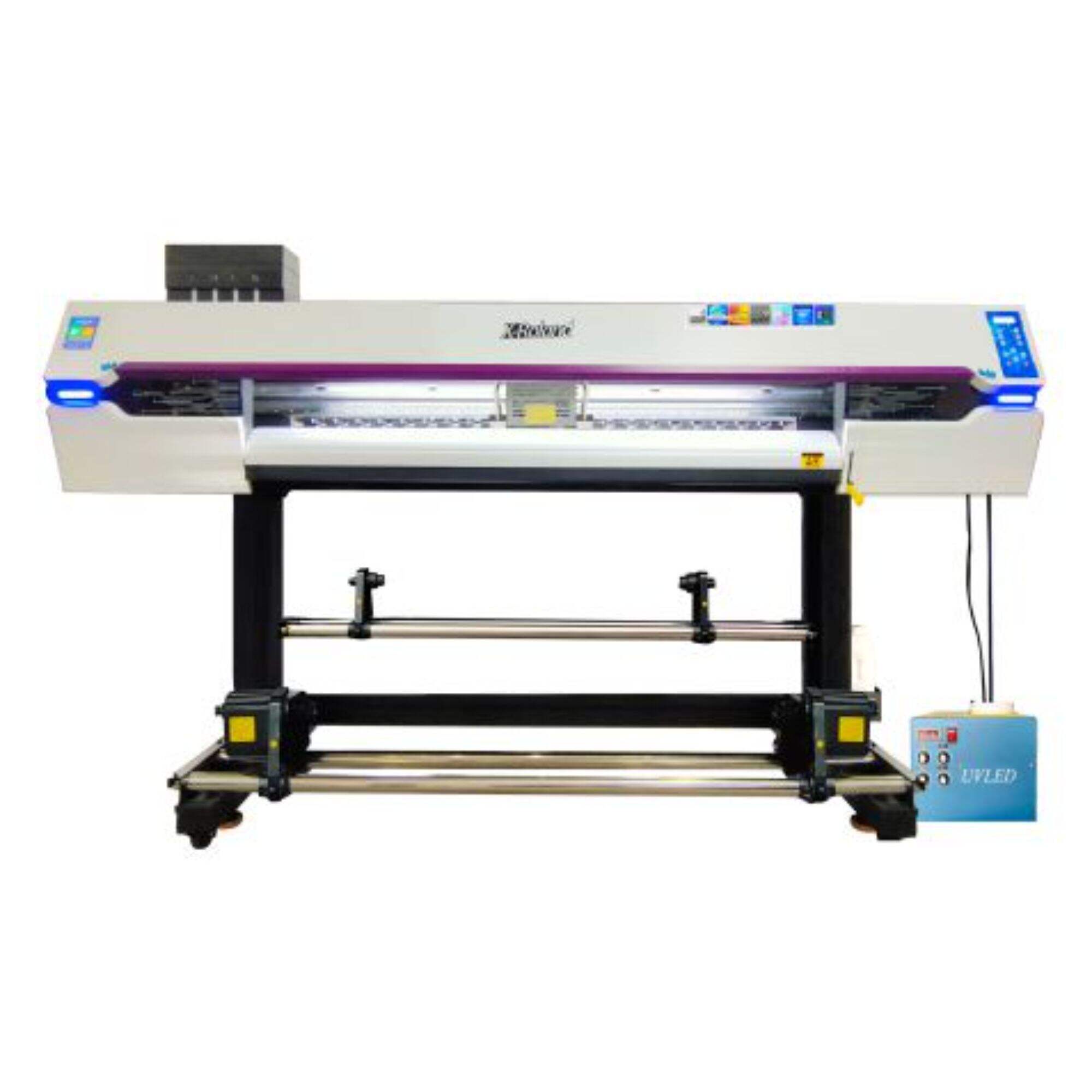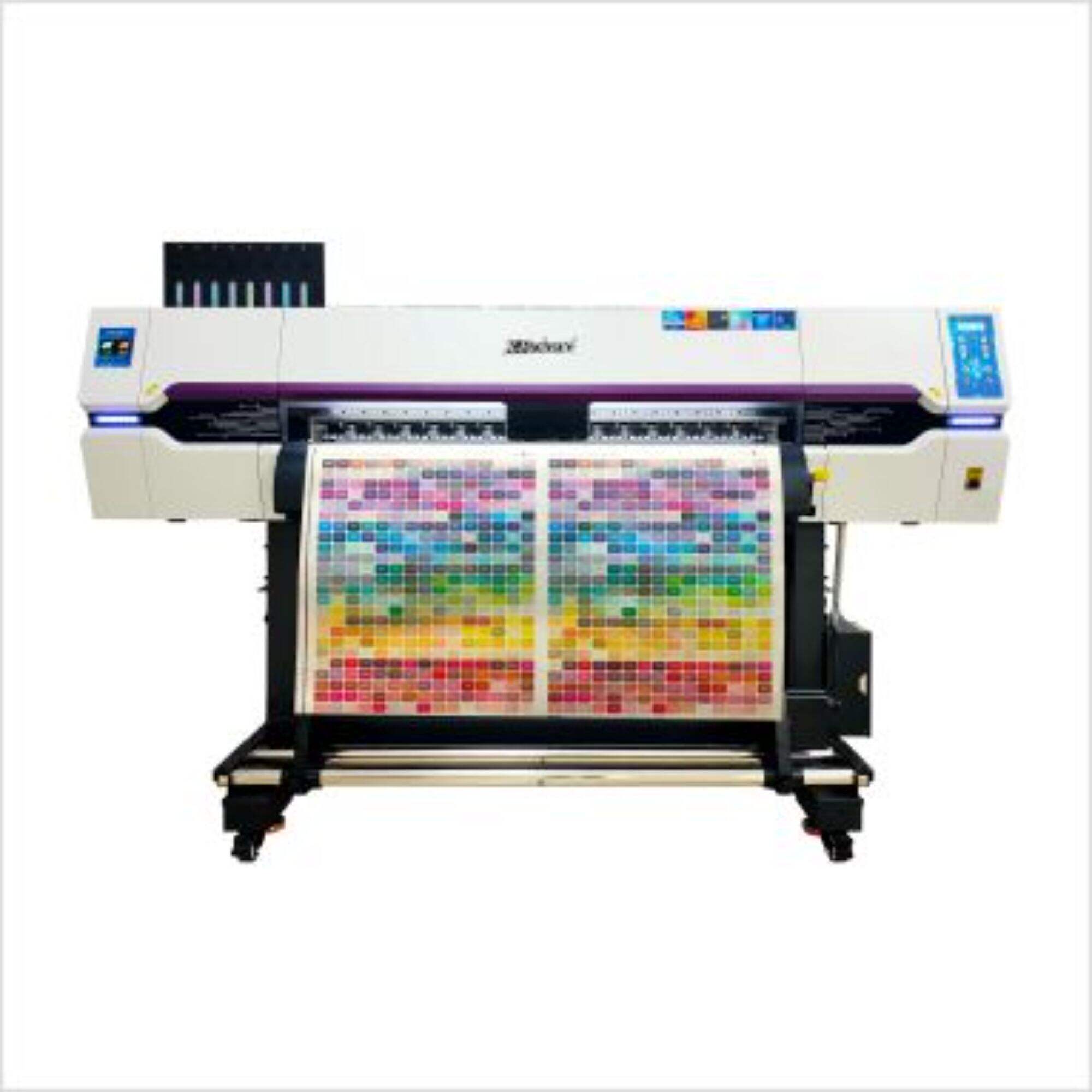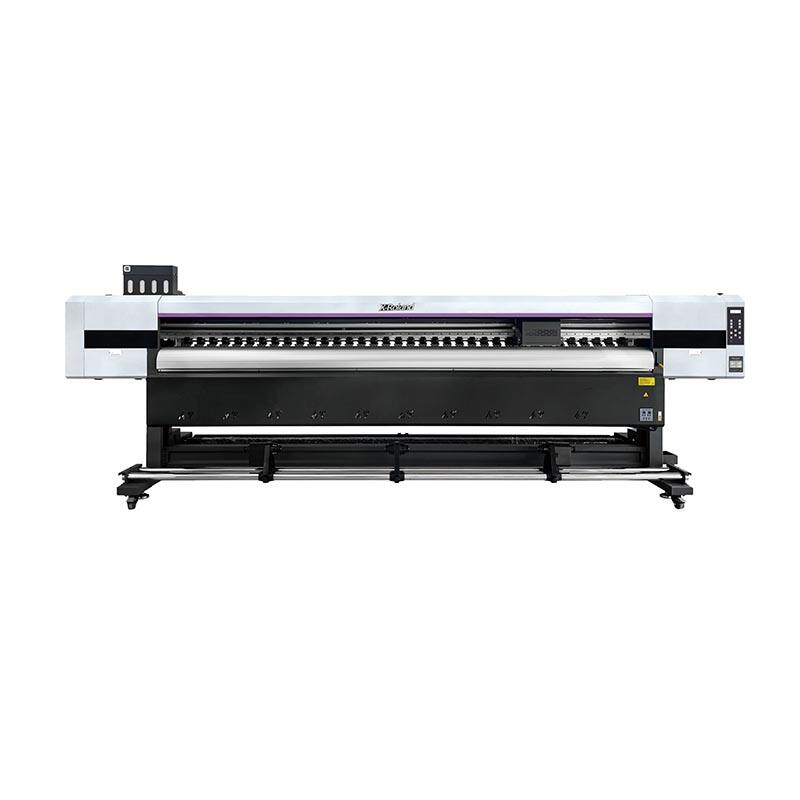PRODUCT DETAILS
RELATED PRODUCTS
Inquiry
PRODUCT DETAILS
1.i3200 Crystal Label Ink
2. Dangerous goods data
| Dangerous goods classification: toxicity level 5(swallowed), corrosive level 3, irritation level 3, eye irritation skin level2 |
Warning content Symbolism: corrosion, exclamation mark Hazard warning message: swallowing may be harmful Cause skin irritation Cause eye irritation Hazard precautions: Place them in a ventilated and cool place Avoid contact with the skin and the eyes Do not discharge it directly into the sewer Please use the protective gloves for the operation Wash your hands thoroughly aftercontact |
| Other hazards: No |
3. Main ingredient list
| Main components | proportion(%) | Cas no |
| resin | 3-10 | / |
| Tetrahydrofuran acrylate | 30-50 | 2399-48-6 |
| Trihydroxymethyl cyclohexyl acrylate | 5-20 | 86178-38-3 |
| Isoborneol acrylate | 5-10 | 5888-33-5 |
| 1,6-hexadiol diacrylate | 5-15 | 13048-33-4 |
| Photoinitiator | 2-15 | / |
| dispersant | 1-5 | / |
| additive | 0.1-3 | / |
| pigment | 2-15 | / |
4. emergency treatment
Different ways of exposure and first-aid methods: Inhalation:
1. Place the contacts in a well-ventilated place immediately;
2. If breathing stops, artificial respiration rescue should be done;
3. Seek medical attention immediately.
Skin contact:
1. After direct contact, immediately clean with soapy water;
2. After contacting the clothes, take off your clothes immediately, and then wash them with soapy water;
3. Seek medical attention immediately.
Eye contact:
1. Immediately Rinse with large amounts of water for more than 15 minutes;
2. Seek medical attention immediately.
Oral access:
1. Do not vomit, seek medical advice immediately.
The most important symptoms and their hazards: ---
Emergency personnel protection: wear anti-permeable rubber gloves to avoid exposure to pollutants.
5. Fire fighting method
General fire extinguishers: carbon dioxide, dry powder, foam and other fire extinguishers.
Possible hazards when fighting the fire: ---
Special fire extinguishing method: water is not suitable for fire extinguishing, but it can spray it to reduce the temperature.
Fire personnel protection: Fire personnel must wear chemical protection protective clothing, and wear self-breathing armor.
6. Leak and treatment methods
Personal precautions:
1. If the leaked products are not completely cleaned up, limit the entry of personnel;
2. It shall be dealt with by trained professionals;
3. Wear appropriate personal protective equipment (goggles, feeding breathing mask, protective gloves).
Environmental precautions:
1. Pay attention to the ventilation in the leakage area;
2. Stay away from the fire source.
3. Notify government environmental protection personnel and agencies
Cleaning method:
1. Do not directly contact with the leaked material;
2. Avoid leaks from entering sewers, ditches or confined Spaces;
3. Prevent leakage under the security permit;
4. A small amount of leakage can be absorbed by oil absorption paper or covered with sand and soil;
5. The contaminated articles are also harmful, and should be placed in a specific container and specially marked;
6. A large number of leaks should be handled by professional institutions;
7. Protect the accident handling personnel, and the accident handling personnel should take adequate personal protective measures.
7. Safe operation and storage methods
Operation:
1. Use of combustible liquid protective storage containers in the workplace;
2. The workplace should be kept away from sparks, fire sources and prevent obvious smoking fire signs;
3. The workplace should be kept well ventilated;
4. Fire-extinguishing equipment shall be prepared;
5. The container should be clearly marked and should be closed when not in use.
Storage:
1. Store in a cool, dry, ventilated and open place without direct sunlight;
2. The storage place shall be far away from the fire source and heat sources;
3. Use a ventilation system and electrical equipment that does not produce sparks and is grounded;
4. Store them in appropriate containers with obvious labels to avoid damage to the container;
5. For containers not used temporarily, empty buckets should be sealed;
6. Fire-extinguishing equipment should be placed in the storage area;
7. Follow the relevant regulations of combustible handling.
8. Exposure precautions
Prevention and control:
1. operate in a specific area well ventilated and far from heat source
spark;
2. Close the lid when not in use.
Personal protective equipment: respiratory protection filter tank breathing respirator;
Hand protection: anti-seepage gloves to butyl rubber, nitrile is better;
Eye protection: wear safety goggles;
Body protection: safety test clothing, emergency eye washing device, working shoes.

Hygienic measures:
1. Take off the contaminated clothes after work. After washing can be worn or discarded;
2. Smoking or eating should be strictly prohibited in the workplace;
3. Wash your hands immediately after handling the object;
4. Keep the workplace clean.
9. Physical and chemical characteristics
| Appearance: a colored liquid | Odor: aromatic or slightly pungent odor |
| pH price:--- | Boiling point / boiling point range:> 100℃ |
| autogenous ignition temperature:--- | Flash point:> 100℃ |
| vapour pressure:--- | Solubility in water: insoluble |
10. Stability and reactivity
| Stability: recommended storage conditions for about half a year. |
| Possible hazards in special states: exposure to sunlight or other UV light sources produces polymerization |
| Avoid the situation: stable under normal conditions, long-term storage should avoid open fire, static electricity, heat and direct vision; not stored with oxide |
| Hazardous decomposition material: --- |
11. Toxicity data
| Acute toxicity: skin irritation, may have burning pain or even burning skin; eye tear irritation; |
| local effect:--- |
| Sensitivity: It may cause skin allergies; |
| Long-term toxicity: It may cause skin dryness |
| Special hazards: a reproductive toxicity is suspected |
12.Ecological date
Environmental impact: not flowing into the soil, sewer and sewage ponds
13.Waste disposal methods
Waste treatment methods:
1. Reference to the relevant chemical treatment
methods;
2. Adopt specific incineration treatment;
14. Transportation data
Domestic transportation regulations:
1. Meet the chemical transportation specifications;
2. Comply with the regulations on the transport of dangerous goods by ship;
3. Compliance with the transport regulations of dangerous goods by air transportation
Special delivery methods and precautions: ---
15. Relevant laws and regulations
Regulations information: dangerous goods safety management regulations (February 17,1987, the State Council), chemical hazardous goods safety management regulations of implementing rules (labor law [1992] 677), workplace safety use of chemicals ([1996] labor hair 423) and other regulations, for the safety of chemical use, production, storage, transportation, loading and unloading have made the corresponding provisions
RELATED PRODUCTS
Inquiry
Contact Us
Minimum order quantity of 50


